The Jordan Valley is the eastern strip of the West Bank. This area comprises almost a third of the West Bank. The area is inhabited by about 10,000 Jewish settlers, about 65000 Palestinians inhabitants living in settlements and about 15000 scattered in small groups herding sheep and goats. Most of the lands are prohibited for Palestinian inhabitants. Israel is conducting a de facto annexation of the land and has instituted a regime that exploits the resources of the area extensively.
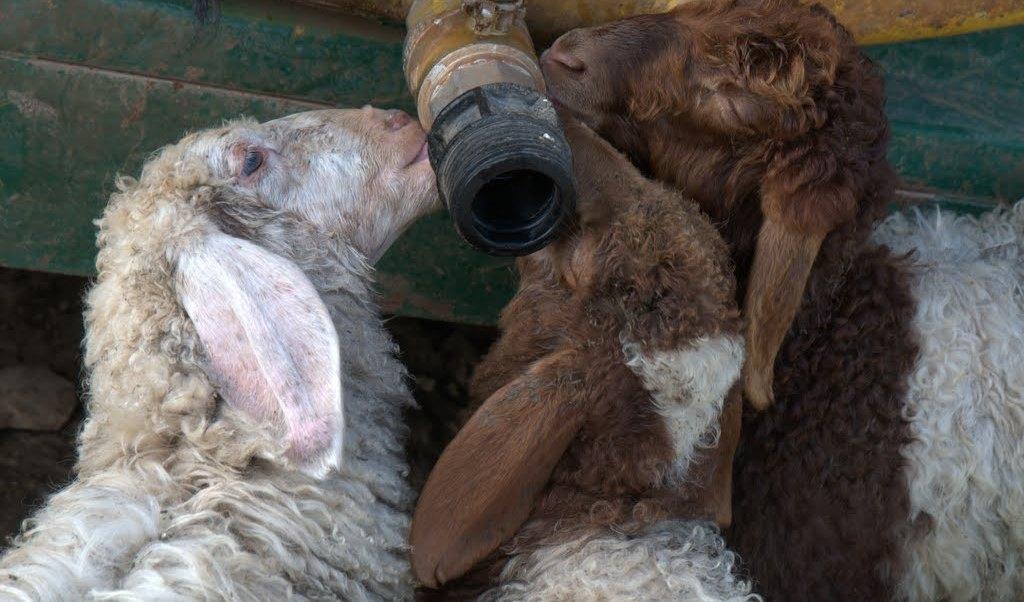
Taking over Territories
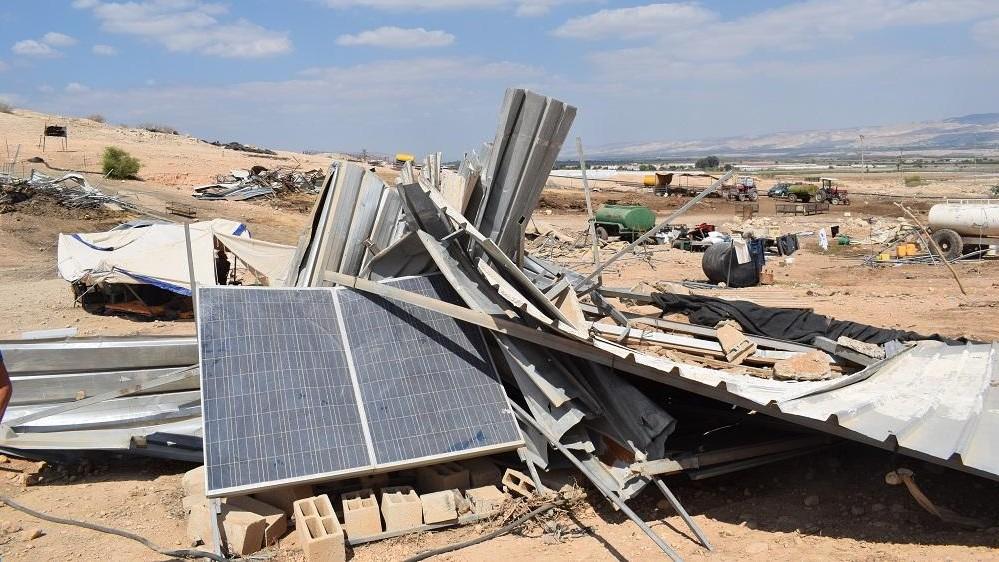
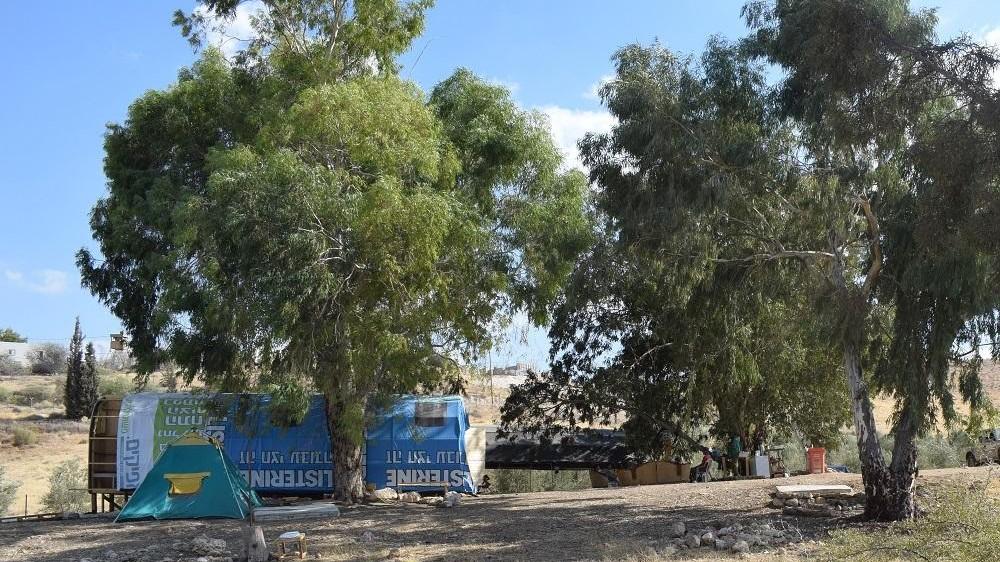
Taking over of Water Sources
Building Restrictions and Destruction of Existing Buildings
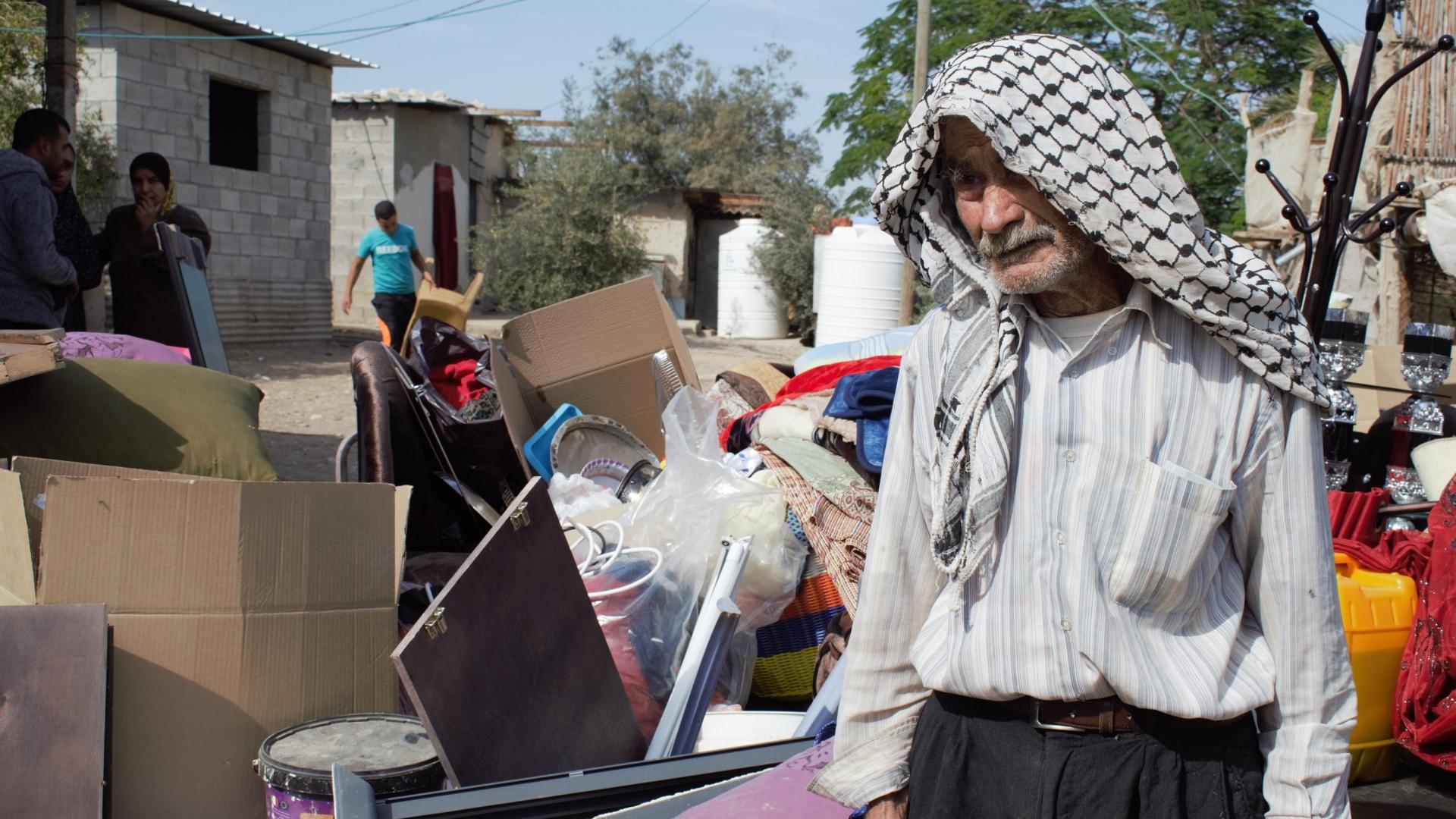
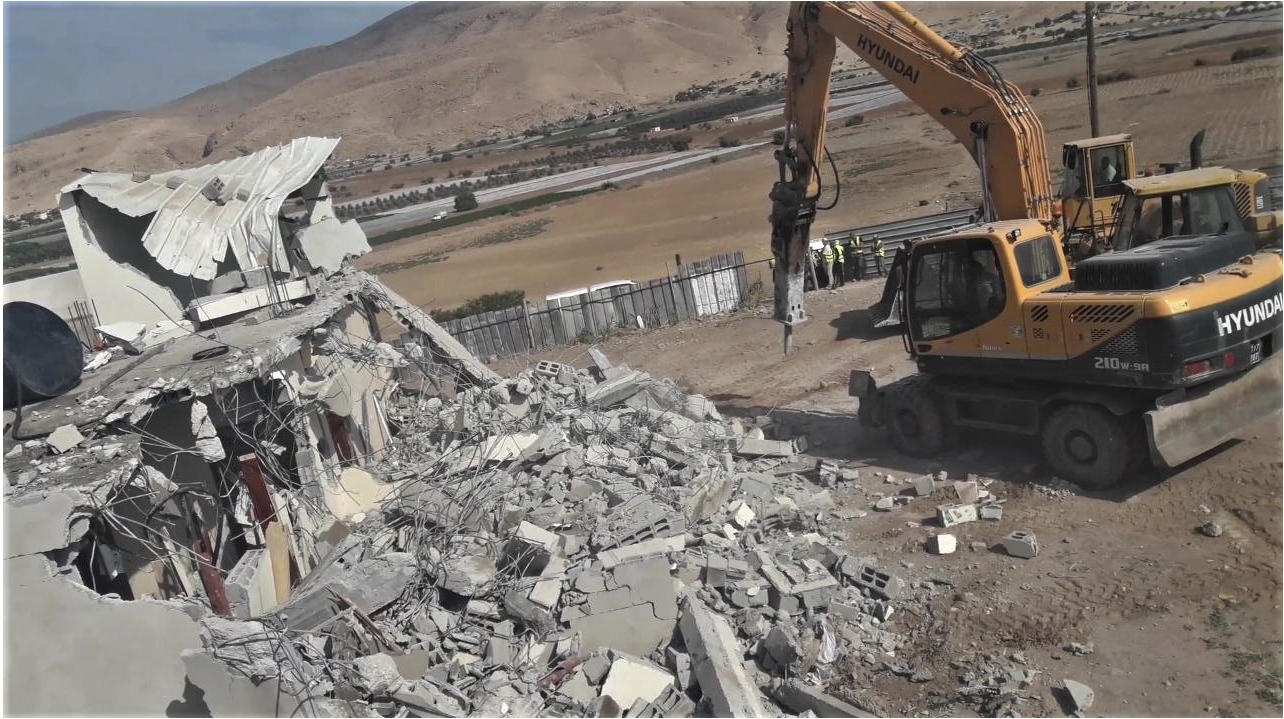
Checkpoints. Israel has set up checkpoints between the mountains the valley in spite of the fact that things are quiet there. Four of these checkpoints are still in existence. Tayasir. Chamra. Ma'aleh Ephraim and Yeitab. At these checkpoints, all Palestinian vehicles are checked and only inhabitants of the area, holding permits, are allowed to pass through. This causes great difficulty for everyday life since most of the health and educational facilities are outside of the area. The checkpoints also affect the inhabitants living in the hills since they are not able to get to their lands in the valley. There is also a serious impediment to the social and family connections between the inhabitants of the valley and those of the mountains. Recently the checkpoints are manned only part of the time. (photograph of a checkpoint)

